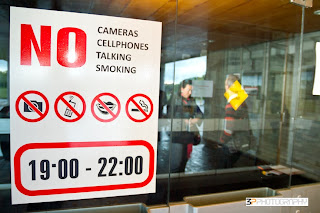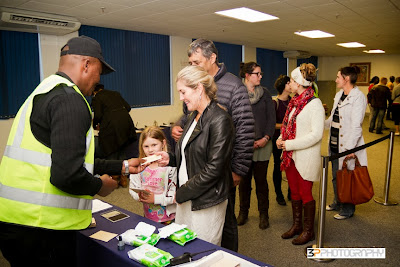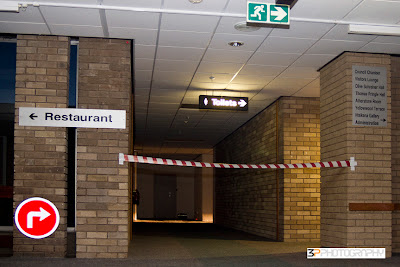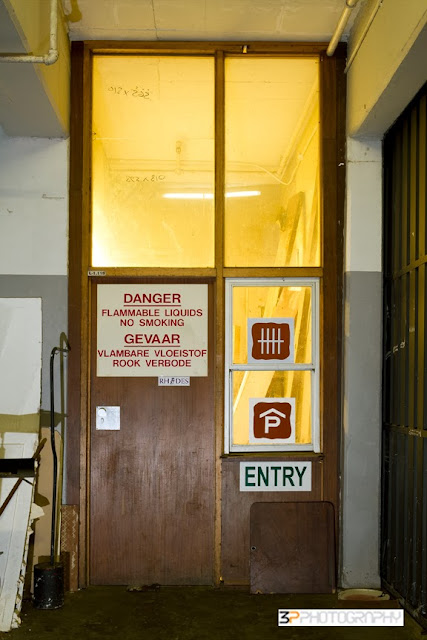Recently I travelled to Kosi Bay on the very north eastern
border of South Africa just before it gives way to Mozambique. Kosi is well
known for its turtles that arrive each year to lay their eggs on their rapidly
dwindling protected beaches. Witnessing this cycle is an extreme experience
like no other. In my last post I wrote about my disappointment with, largely,
my own engagement with the experience. In this post I want to write about the
epiphany I had shortly thereafter.
As a professional photographer I have been a long time
trying to establish an appropriate response to the deluge of digital
photography that has shaped and fixated our present times. Accessibility to
digital resources means that there are, well, more digital resources. This
includes of course the images themselves. There are many more photographers
taking/making many more photographs which have many more audiences. Just
working with ratios, more cameras means more photographers, which means more
images which means more, lets not deny it, good images (there are of course
many more bad images too, but the bad images tend to have abrupt lifespans
(like the many hatching turtles that I’ve not forgotten about and will return
to in a moment). I’ve always resented the fact that ‘we’re all photographers
now’. But it is true (that we are all photographers, and that I begrudge it).
We are. I’ve resented the inability to separate (or worse, defend) my position
as a professional photographer: “Wow. Your camera takes really nice pictures.
It’s a fancy one right?”
And so there we were, the six of us, huddled round the back
end of an exhausted female leatherback turtle as she diligently laid her eggs.
There were rules of course: No torches unless they were red, no flashes unless
the guide said it was permissible, no loud noises or talking (there might be a
third post in this series in which I’ll talk more about rules and reality),
keep together and keep away from the head. So it goes without saying (read my
previous post) that trying to be successful and ethical photographer in company
of others is a challenge to say the least – mostly a challenge to my sanity. As
a professional photographer I know how best to work the light, little as it
might be. As an understanding and ethical viewer in nature, I want to. Flash is
disruptive, even to animals accustomed to it (don’t let anyone tell you it’s
like lightening and animals don’t know the difference. You think animals, even
as prehistoric as turtles don’t know when it is about to rain? Seriously!!). So
I want to use flash, as little as possible (few flashes the better) and as
unobtrusively as possible (de-powered, balanced and subtle). I do this because
I am a professional, I know how to, and I am intelligent and respectful.
So what do the non-DSLR users do? They take pictures. Lots
of them. And repeatedly. Do they depower the flash output on their iPad, mobile
phone or point-and-shoot? Do they gently take a picture or two, then step back,
not just to get out of the way, but more importantly to respectfully give the
turtle space? No! They crowd and they snap and they flash away like every egg
being laid needs its own picture. The people have got to be in it too, “Don’t
forget about me. Here I am, smiling and crouched while the eggs arrive”. Now,
with fabricated fascination I place my mouth into an ‘O’ then shovel it away
again to ask, “Did you get that…? Take another one, just in case”. And then,
like this is some kind of two-rand kiddies ride “Do you want a turn?” And that
was when it hit me: I realised that I don’t hate iPads, mobile phones or
point-and-shoot cameras. I hate their users.






















